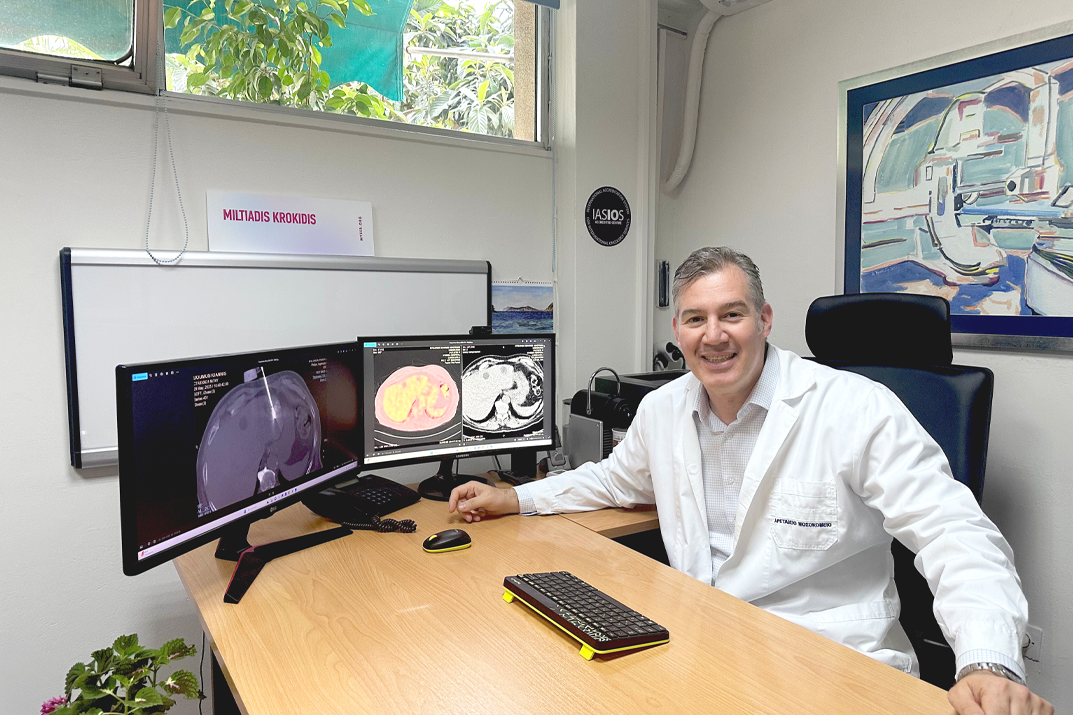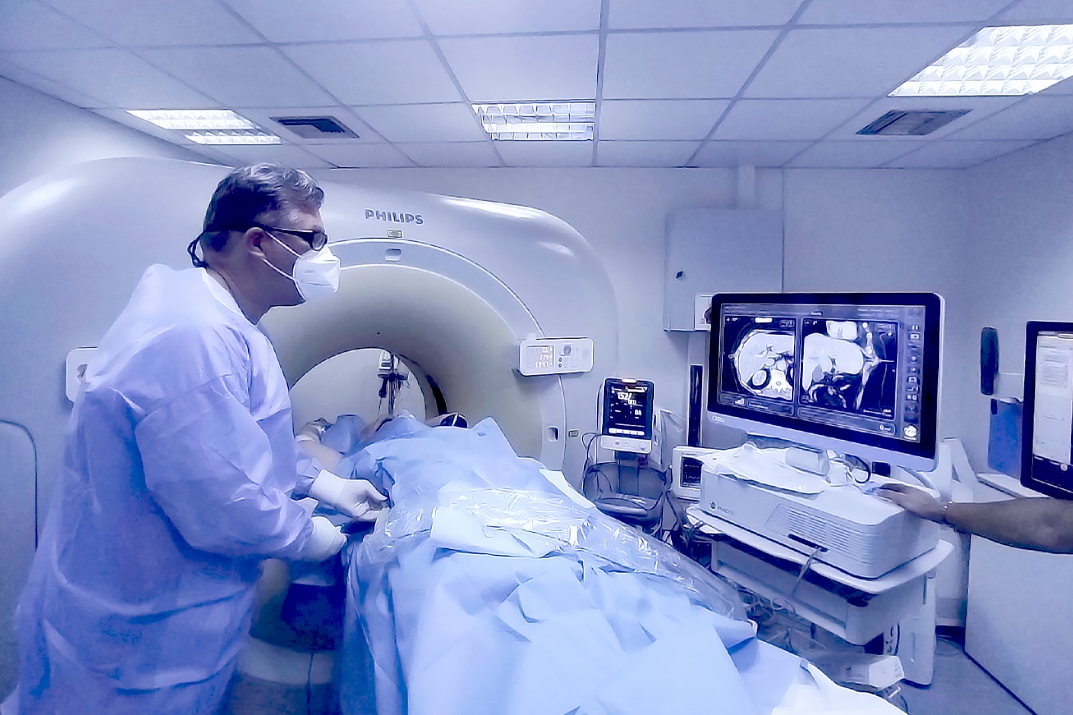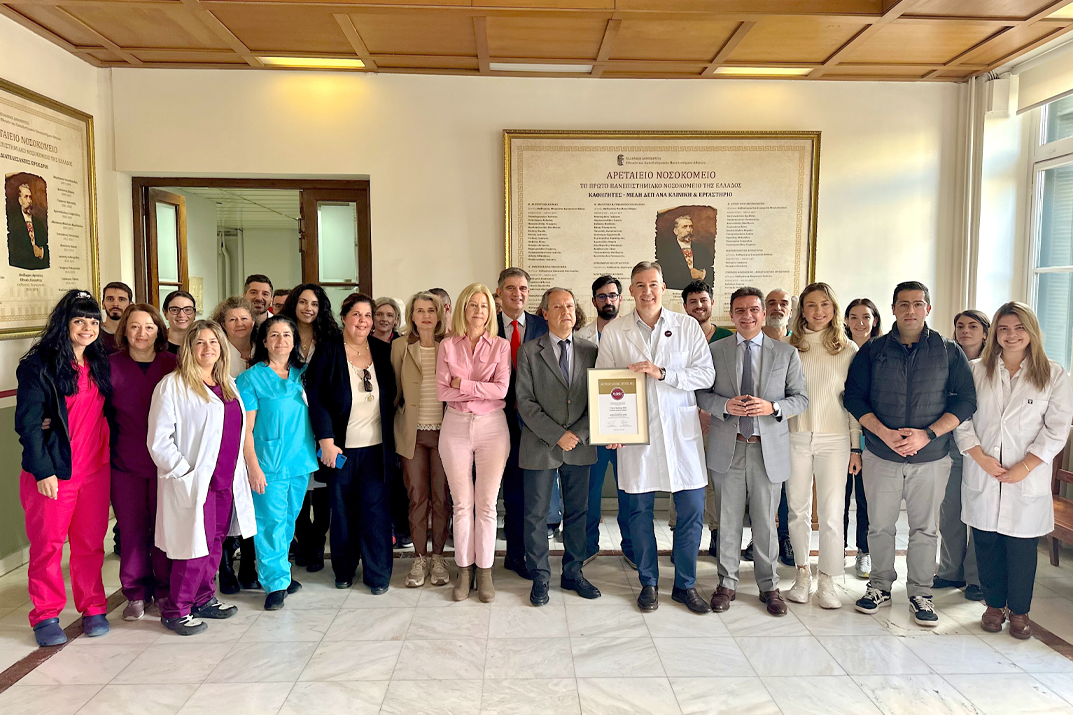CIRSE Insider: What is the purpose of the benchmarking survey, and what challenges did you face in designing it?
Krokidis: After the first meeting, it became clear that more granular data were necessary. Our seven-member subcommittee debated extensively to define survey domains: basic facility details (name, location, year of enrolment, teaching status); case mix (primary versus secondary malignancies, supportive procedures); departmental staffing (number of interventional radiologists, EBIR qualification, monthly caseload, MDT involvement, clinical versus administrative time); dedicated personnel (nurses, trainees, radiographers); infrastructure (angiography suites, CT rooms, inpatient and day-unit capacity, anaesthesia support, admission rights); and academic activities (research projects, educational programmes).
The main challenge was balancing comprehensiveness with practicability: capturing the full spectrum of inputs without overburdening centres. Many items, such as admission rights and day-unit access, weren’t included in the initial accreditation application, so we had to ensure clarity and consistency in definitions to facilitate reliable comparisons.
CIRSE Insider: What are the main benefits of participating in the benchmarking survey?
Krokidis: Participation yields a clear picture of where each centre stands relative to peers. We can tailor support and resources by identifying discrepancies, whether in staffing ratios, infrastructure availability, or procedural volumes. IASIOS can then collaborate with centres to address specific needs, ultimately driving a more uniform standard of IO service and enhancing patient care across the network.
CIRSE Insider: What’s the future vision for the benchmarking subcommittee?
Krokidis: We plan to incorporate structured patient satisfaction data next, using the template developed in 2026. We also envision a shared research platform or registry to benchmark clinical outcomes, moving beyond inputs to measure results. These steps will require iterative refinement based on the first survey’s feedback. Still, our long-term aim is a comprehensive benchmarking ecosystem that supports continuous improvement and centre of excellence designation.
CIRSE Insider: What personally motivated you to join this subcommittee and pursue benchmarking work?
Krokidis: Benchmarking resonates with my commitment to collaborative progress. IASIOS feels like a professional family: sharing experiences, challenges, and successes fosters mutual growth. Establishing an open forum for centres to compare practices, learn from one another, and work toward common standards is deeply rewarding. I’m proud to help guide this international community toward ever-better patient outcomes.
CIRSE Insider: Finally, what advice would you give to a centre which is considering IASIOS accreditation, but isn’t sure it’ ready?
Krokidis: Don’t wait for perfection – accreditation is a catalyst for improvement. The process provides structure, guidance, and access to a supportive network. IASIOS can help you identify priorities and leverage external expertise to elevate your service even if management or resources are limited. In my experience, taking that first step in the accreditation journey is the most important move toward excellence in interventional oncology.



